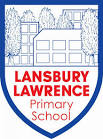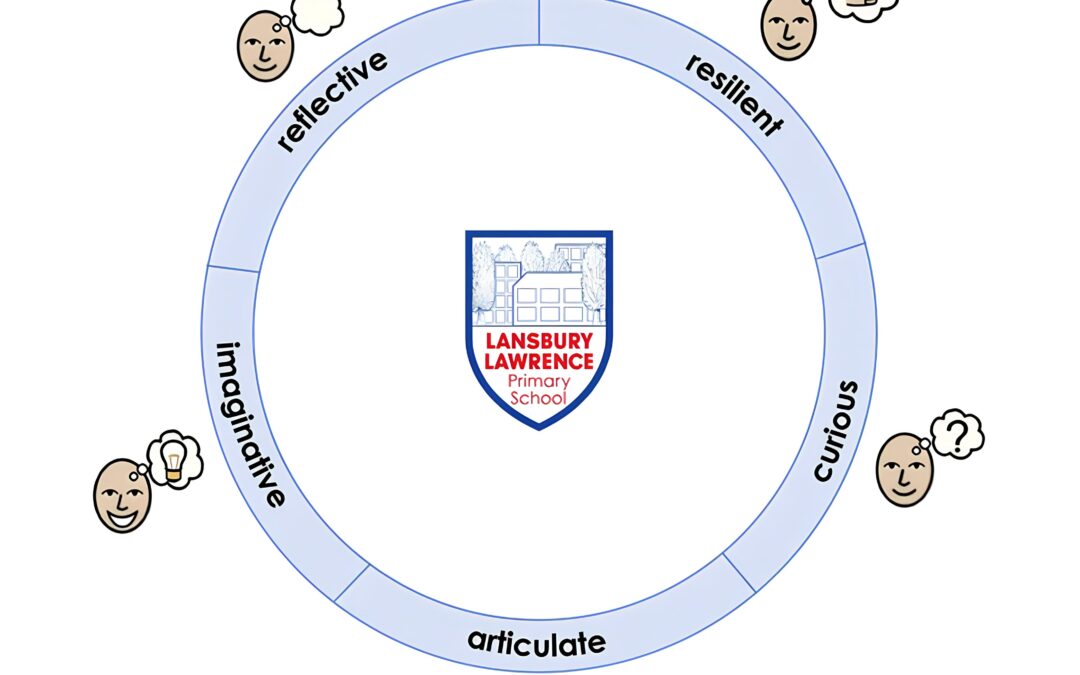Learning dispositions are habits of learning that we foster and encourage in students to help them grow and develop as learners. These habits are embodied in different students in different ways all across the school, but are particularly varied in their presentation in Yinka class. This post will be the first in a series in which we hope to show how Yinka students exemplify these dispositions as they take on the unique and diverse challenges in their environment
Articulate
For many, developing articulacy involves increasing the range, diversity and effectiveness of their spoken word, but not all students are primarily verbal communicators. Nevertheless, it’s still important to be able to express their thoughts, desires and feelings in a way that others can understand.
Ayra is able to communicate her feelings very emphatically, but unfortunately sometimes the adults in the class are not able to understand exactly what she means. Here, she wants to play with the water, but Rob is just not getting it. She’s tried taking him where he needs to go, but he doesn’t understand that he needs to turn the tap on. With a bit of prompting she’s able to give him a symbol that says ‘Water’. Now he gets what he has to do!
Another day, another tap… but Rob keeps turning this one off! Now, Ayra has the vocabulary and skills to make sure he can turn it back on when he needs to. She’s able to tell him what she needs without prompting or guiding, meaning they can communicate much more easily.
Water is definitely fun, but there’s other things to enjoy in school, and it’s important to make sure adults know which things to give you. Ayra is increasing her vocabulary and learning that different symbols have different meanings, and get different responses from adults. Here she wants playdough… when it’s time for teddies, she’ll let you know!
A big part of articulacy in Yinka class is taking ownership over your communication, and feeling empowered to express yourself (without relying too heavily on adults to structure and formulate how that works) by initiating and continuing communication independently. Here Ayra is persevering to make sure she finds the adult and the vocabulary she needs!
Over time, Ayra has become increasingly articulate—expressing an increasing range of desires, from a wider selection and in a wider range of settings. This increased ability to communicate has allowed Ayra to be calmer, more settled and more focussed in class, as well as improving the trust between her and the adults as she increases her confidence that she can communicate effectively with them on important issues. We all look forward to hearing what Ayra has to say next!

